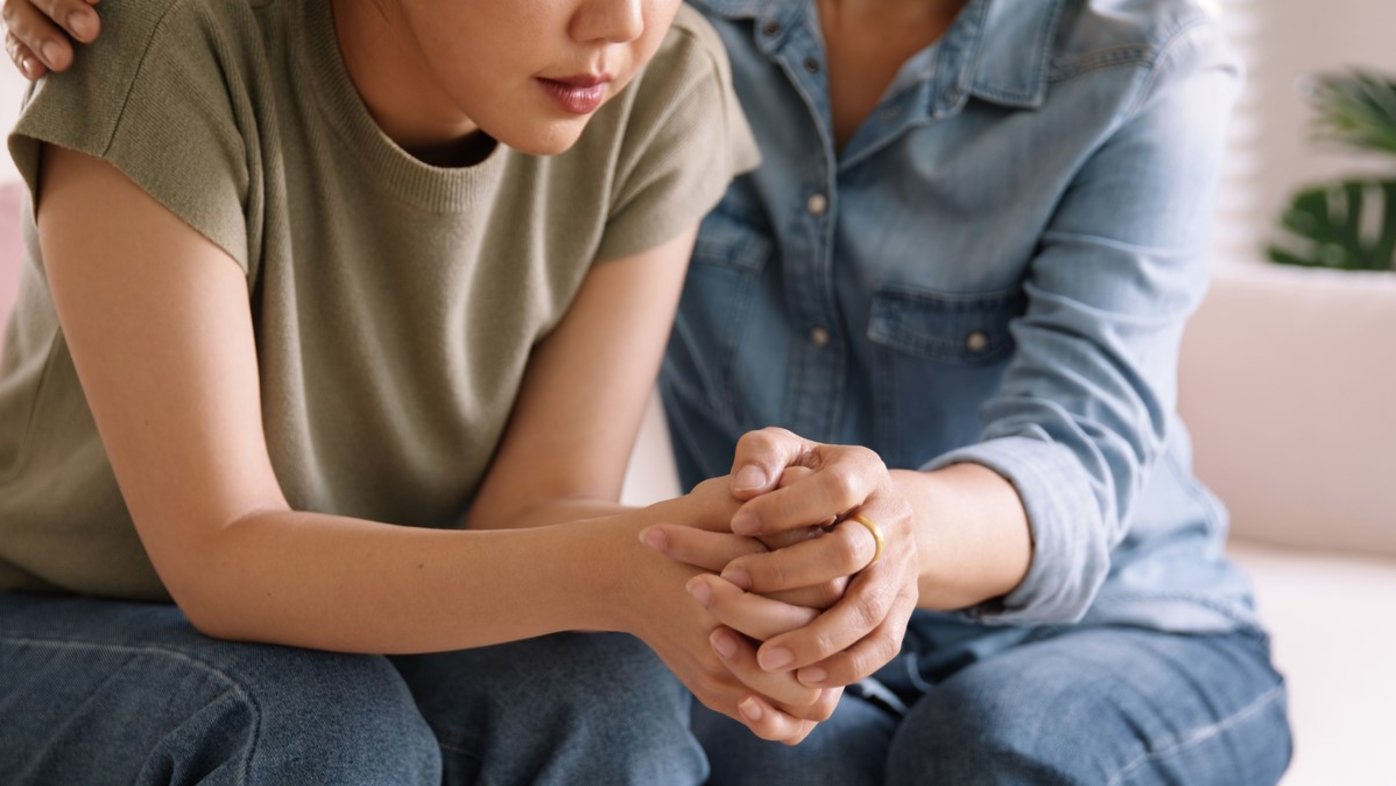
What is the difference between sadness and depression?
Feeling sad from time to time is normal. And while sadness eventually vanishes, depression is persistent.
In fairy tales and romantic novels, a woman’s hair is often characterized as her crowning glory. But Rapunzel comparisons aside, did you know that women make up nearly 40 percent of all hair-loss sufferers in the U.S.?
“Most women experience normal hair loss when washing, blow-drying or brushing their hair,” says Dr. Mona Mofid, a board-certified dermatologist with Sharp HealthCare.
“On average, these types of activities cause us to shed about 100 hairs a day. However, when hair loss becomes excessive or is falling out in clumps, stress could be the culprit causing it.”
Factors in stress-related hair loss
According to Dr. Mofid, there are a range of possible causes for stress-related hair loss, including the following:
Pregnancy
Childbirth
Malnutrition
Severe infection
Major surgery
Managing a challenging relationship
Financial worries
Death of a loved one
Other prolonged, difficult life situation
Thyroid disorder
“To understand how stress-related hair loss occurs, you need to understand that hair follicles don’t continuously produce hair,” explains Dr. Mofid. “Hair grows in cycles that can last two or more years, followed by a resting stage that can last up to eight weeks before hair starts growing again. Basically, about 80 to 90 percent of our hair follicles are growing at any given time.”
When women undergo severe stress, the number of hair follicles growing at any given time can be directly affected. And if the number of growing hair follicles is reduced, there will be a significant increase in dormant-stage hair follicles, resulting in hair loss.
General health and wellness also play a role
The good news is that it’s unusual for women suffering from stress-related hair loss to go completely bald. In fact, in most cases, it’s not permanent and resolves on its own once the stress goes away and your hair growing cycle returns to normal.
However, if you’re experiencing unexpected hair loss along with any other physical symptoms such as changes in weight or mood, make an appointment to talk with your doctor to rule out secondary underlying medical conditions such as diabetes, a thyroid condition or breast cancer.
It’s also important for women to make sure their wellness checkups are up-to-date. This includes an annual physical, mammogram, colonoscopy and blood work (if indicated).
Treat hair gently when coloring and styling, and cut back on using high-heat blow-dryers and curling or flat irons.
“Of course, the reality is that we all have stress in our lives, so to minimize its impact, women must take charge of their health and well-being,” says Dr. Mofid.
“If your stress does not alleviate, talk to your health care professional who can work with you to come up with an appropriate treatment plan to improve your overall health and well-being, along with the appearance of your hair.”
Our weekly email brings you the latest health tips, recipes and stories.